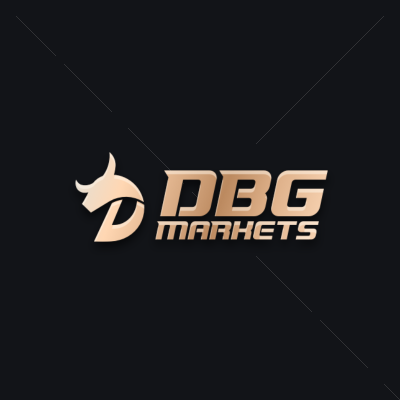In recent years, the digital trading landscape has seen rapid growth with platforms like DBG Markets emerging as popular choices for traders worldwide. However, questions about the safety and regulatory compliance of such platforms are common among users. This article delves into the details surrounding DBG Markets' regulatory status and explores whether it is a secure platform for your trading needs.
Understanding Regulatory Compliance
For any financial trading platform, regulatory compliance is crucial in ensuring that it operates within legal frameworks designed to protect users. DBG Markets operates in several jurisdictions and adheres to various international standards. These regulations often include anti-money laundering (AML) policies, Know Your Customer (KYC) protocols, and data protection laws, which aim to safeguard user information and funds.
Security Measures at DBG Markets
One of the primary concerns for traders using online platforms is security. DBG Markets employs advanced encryption technologies to secure transactions and user data. Additionally, they offer multi-factor authentication (MFA) options to enhance account security. These measures are vital in protecting users from potential cyber threats and unauthorized access.
Transparency in Operations
Transparency is key in building trust between a trading platform and its users. DBG Markets provides detailed information about its operational processes, including how they handle withdrawals, deposits, and dispute resolutions. Regular audits and disclosures of financial health are also part of their commitment to maintaining an open relationship with clients.
User Experience and Support
The quality of customer support can significantly impact a user's experience on a trading platform. DBG Markets offers 24/7 support through multiple channels, including live chat, email, and phone. Their responsive team addresses user queries promptly, ensuring that any issues are resolved efficiently.
Risks and Mitigation Strategies
While DBG Markets takes several steps to ensure safety, it's essential for users to be aware of potential risks. Market volatility, fraud, and phishing attempts are some common risks associated with trading. Users should implement strategies such as setting strong passwords, enabling MFA, and regularly monitoring account activity to mitigate these risks.













